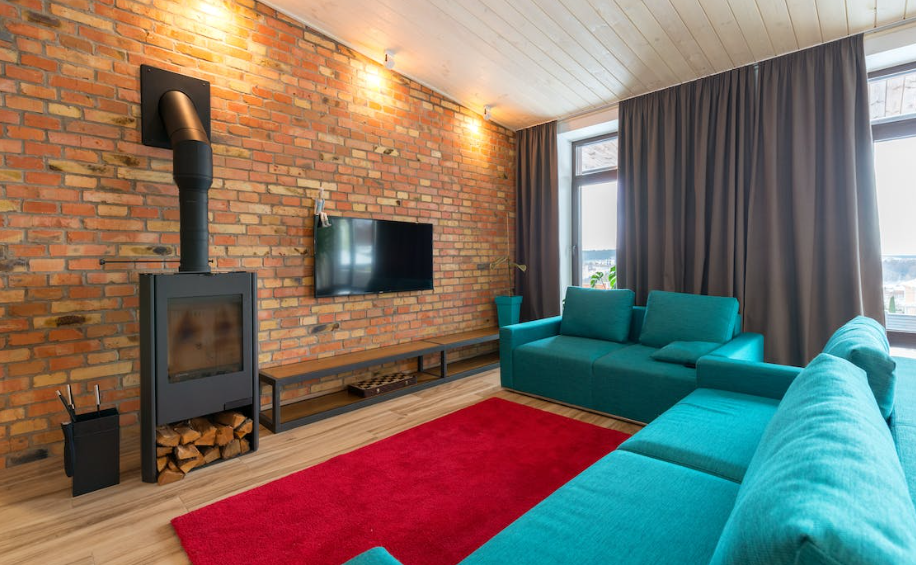
In the world of interior design, the transformational power of curtains cannot be understated. These essential elements of home decor do more than just provide privacy or filter light; they add layers of texture, colour, and personality to any room. This article explores the art of layering stylish curtain designs for homes, a technique that elevates the aesthetic appeal and functionality of living spaces.
Understanding Curtain Layers
The concept of layering curtains involves using multiple curtain types to achieve a particular look or function. Typically, this includes a combination of sheer and opaque fabrics. Sheers are lightweight curtains that allow natural light to filter through, creating a soft, airy ambiance. Opaque curtains, on the other hand, offer privacy and light control. They come in various materials, including heavy fabrics like velvet or lighter options like cotton.
Choosing the Right Fabrics and Colours
Selecting the right fabric is crucial in curtain layering. For the base layer, sheer curtains in neutral tones such as white, cream, or light grey are popular choices. They pair well with almost any colour scheme and add a touch of elegance without overpowering the room. The top layer, which is the decorative curtain, can be bolder. Here, you can play with textures, patterns, and colours. Velvets in rich hues make a statement, while patterned fabrics add visual interest.
Mixing and Matching Patterns
Introducing patterns in curtain layers can be tricky but rewarding. The key is to balance bold prints with subtler designs. For instance, if you choose a vibrant, floral pattern for your opaque curtains, pair them with plain sheers or those with a minimalistic design. This approach ensures that the patterns complement rather than clash with each other.
Functional Benefits of Curtain Layering
Apart from aesthetics, layered curtains offer practical benefits. They provide better control over light and privacy. During the day, sheer curtains can be closed to allow natural light while maintaining privacy. In the evenings, the opaque layer can be drawn for complete privacy and light blockage. This setup is particularly beneficial in bedrooms and living areas facing busy streets.
Seasonal Adjustments
Another advantage of layered curtains is the ease of adjusting them according to seasons. In colder months, heavier fabrics can be used for added warmth and coziness. In warmer seasons, lighter, airier materials can replace them, keeping rooms cool and breezy.
Incorporating Curtain Accessories
To enhance the look of layered curtains, accessories like tiebacks, decorative rods, and finials can be used. These not only add to the decor but also provide functionality. For instance, tiebacks are great for holding curtains in place, especially when you want to let in more light or enjoy the view outside.
The Role of Curtain Layering in Room Design
Curtain layering plays a significant role in overall room design. It can be used to add depth, texture, and colour to a room. For rooms with neutral walls and furniture, bold curtain layers can be the focal point. Conversely, in a room with busy wallpapers or vibrant furniture, subtle curtain layers can provide a calming balance.
In conclusion, the technique of layering curtains offers a simple yet effective way to enhance the aesthetic and functional aspects of any room. By choosing the right fabrics, colours, and patterns, and understanding their practical benefits, you can transform your living space into a stylish and comfortable haven.
For further reading on home decor trends, you might find current interior design trends particularly insightful. This topic delves into the latest styles and innovations in the world of home aesthetics.



